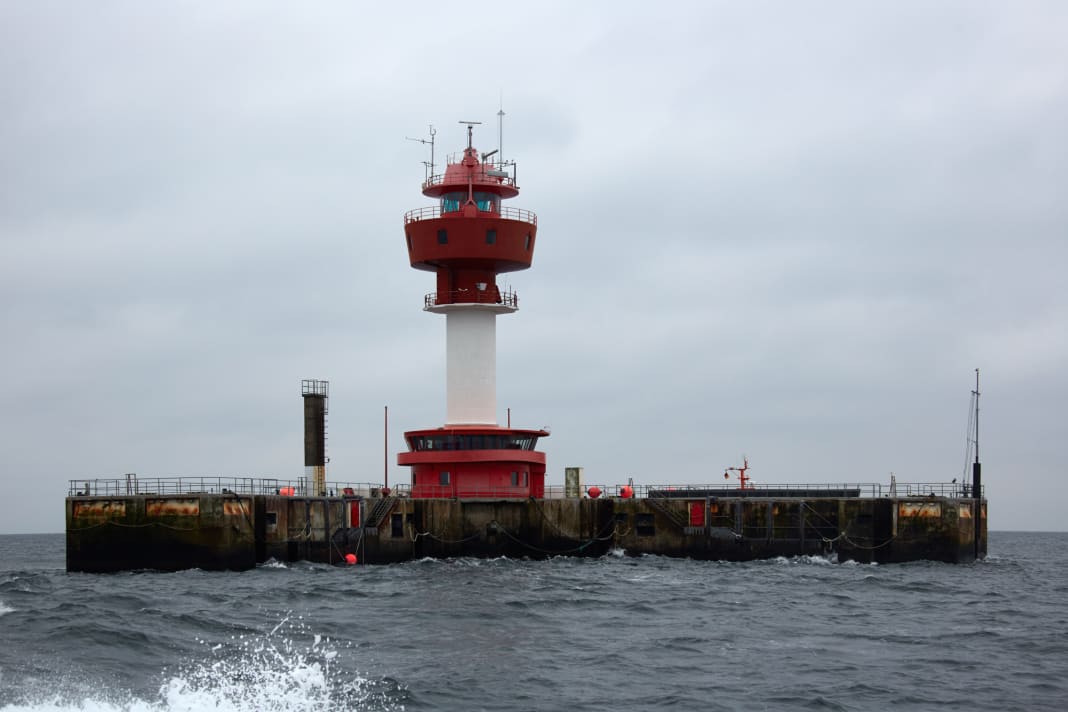After Baltic Sea storm surge: Kiel lighthouse still needs to be repaired
Andreas Fritsch
· 12.11.2024





It was only on Wednesday last week that the beacon in the Kiel Fjord was approached by suppliers from WSA Ostsee so that new fuel could be bunkered for the power supply. At the same time, experts again climbed over to the still closed tower to work out the further route for repairs. Since October last year, when the foundations of the tower were damaged and the technical room flooded as a result, the navigation mark has only been in emergency operation and the pilot station in the tower is still closed. The repair plan has been a long time coming, probably also because an inspection could not begin until the weather was calmer in the spring.
Challenges for the pilots
The situation is a challenge for the pilots. For a year now, they have had to drive out from Laboe to the commercial vessels and cross over there. This means a 25-minute journey instead of the 5 minutes it used to take.
But the much bigger problem is the waiting times between deployments: If the translation boat travels out from Laboe and back again, it takes around 50 minutes. This is often too long, which means that the boat and pilot sometimes have to spend many hours on standby in the open sea. In winter, in bad weather and rough seas, this is a strain for the pilots, but also for the skippers, especially as a pilot shift can last up to 12 hours.
At present, holiday flats have been rented in Laboe where the pilots can rest between missions, but they do not have quick access to radar and radio. The Brotherhood of Pilots has therefore already warned that this situation should not become a permanent solution.
Repair possibly in the millions
However, it is still unclear how long the repair will take, as the responsible WSA Baltic Sea has not yet published a time and cost plan for the repair. The aluminium tower stands on three huge, sunken concrete foundations, which date back to 1967 when it was built. It is not yet known whether they can be repaired or need to be completely replaced. It is rumoured that the costs will be in the single-digit million range.
